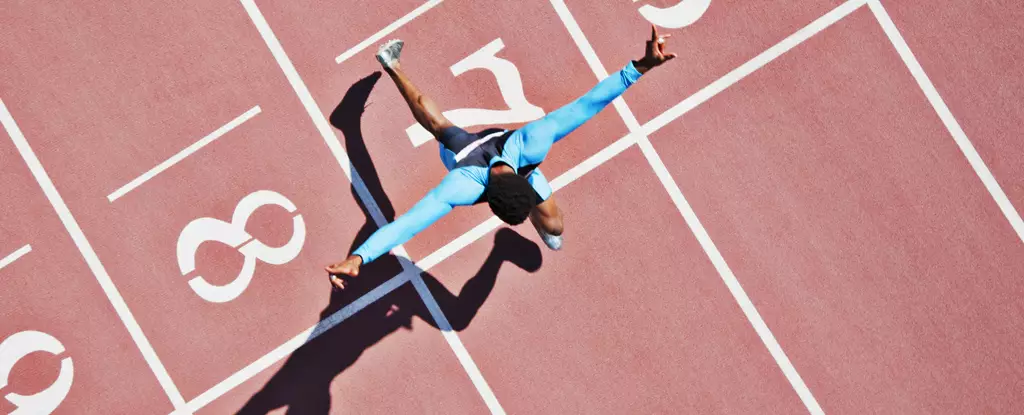When people envision Olympic athletes, they often picture them standing on the podium, basking in the glory of their hard-earned medals. However, the path to Olympic success is filled with challenges and obstacles, with disappointment being a more common experience than victory. Achieving success at the Olympic level requires rigorous training focused on speed, strength, and technical mastery. Athletes must commit years of their lives to building the physical foundations necessary to excel in their chosen sport.
Despite the dedication and commitment required for Olympic training, athletes face a significant risk of sports injuries. The distinction between exercise for health maintenance and competitive sports becomes apparent when considering the impacts on musculoskeletal health. Sports that involve intense physical activity governed by strict rules place a tremendous load on the body’s underlying structures, including muscles, bones, and ligaments. The forces exerted during activities such as javelin throwing and gymnastics can exceed seven times an athlete’s body weight.
Studies have shown that sports injuries are a common occurrence among Olympic athletes, with nearly 10% of athletes reporting injuries during competitions or training sessions. The majority of these injuries, approximately 71%, occur during actual competition events. The statistics from various Olympic Games illustrate the ongoing trend of athletes sustaining injuries, with similar injury rates reported at events such as the 2008 Olympics, London 2012, Rio de Janeiro 2016, and the recent Tokyo 2020 Olympic Games.
Sports injuries can be categorized into two main types: acute injuries, which occur suddenly, and overuse injuries, which develop over time due to repetitive strain on the body. Acute injuries are often the result of single, high-impact incidents, such as ligament ruptures or muscle tears. In contrast, overuse injuries stem from the cumulative effects of repetitive loading on the musculoskeletal system during training or competition.
Athletes striving for Olympic success must undergo rigorous training programs designed to enhance their muscle size, strength, and power. To achieve muscle hypertrophy and strength gains, muscles must be adequately overloaded during training. This process involves causing microscopic tears in muscle fibers, which stimulate muscle growth and repair. While recreational exercisers may experience minor muscle tears that heal quickly, professional athletes often push their bodies to the limit, resulting in more severe injuries that require extended recovery periods.
To minimize the risk of sports injuries, athletes and their support teams must implement structured training programs that incorporate periods of rest and recovery. A periodized training approach, which entails planning different phases of training based on performance goals and readiness levels, can help establish a strong foundation of strength before progressing to more intensive training phases. Additionally, managing injury risk factors such as genetic predispositions and movement variability can further reduce the likelihood of overuse injuries.
While achieving Olympic success often requires athletes to push their bodies to the limit, it is essential to strike a balance between training intensity and injury prevention. Understanding and proactively managing the factors that contribute to injury risk, such as training volume, recovery time, and movement patterns, can significantly impact an athlete’s overall health and performance. By prioritizing injury prevention strategies and maintaining a holistic approach to training, athletes can increase their chances of reaching the podium without succumbing to debilitating injuries.


Leave a Reply